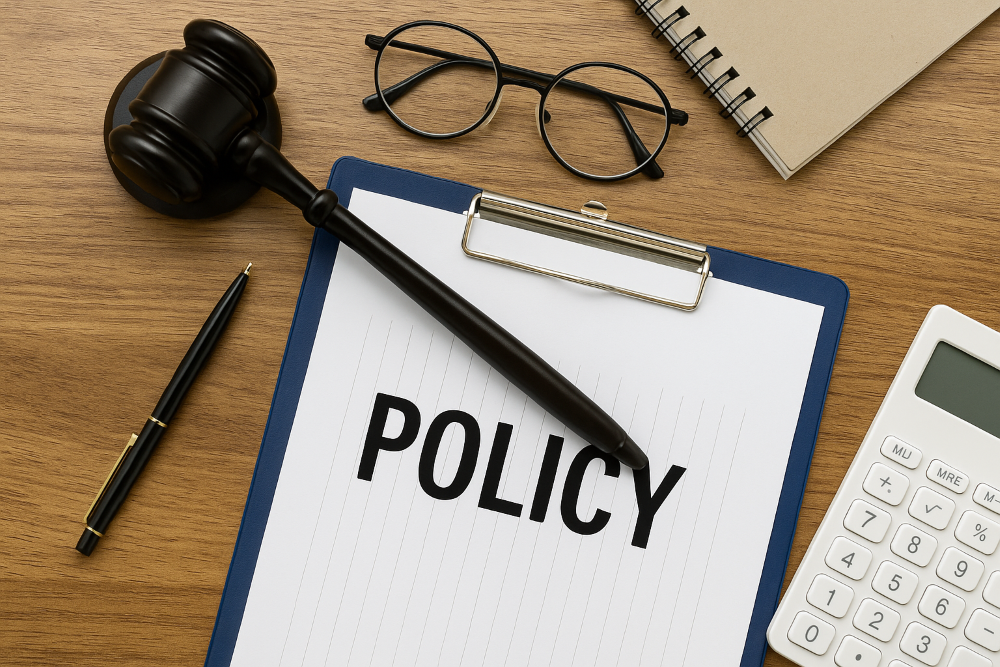On 5 September 2025, the Department of Telecommunications (DoT) released the draft Telecommunications (Authorisation for Provision of Main Telecommunication Services) Rules, 2025. On 15 September 2025, the DoT released the draft Telecommunications (Authorisation for Provision of Miscellaneous Telecommunication Services) Rules, 2025.
Migration from the UL Framework to the new authorisation framework is permitted but not mandatory. Existing licensees may continue under their current licences until expiry. The table below (from Schedule A of the Migration Rules) sets out how current licences, registrations and permissions will translate into their corresponding authorisations:
| S. No. | Relevant Licence | Relevant Authorisation |
| 1 | Access Service under UL or UASL (11+ circles/metros), GMPCS, Commercial VSAT CUG, NLD, ILD, ISP Cat. A, M2M Cat. A, Resale of IPLC, Audio Conferencing/Audiotex/Voice Mail* | Unified Service |
| 2 | Access Service | Access Service |
| 3 | Access Service Cat. B | Wireline Access Service |
| 4 | Internet Service, M2M Service, Commercial VSAT CUG* | Internet Service |
| 5 | GMPCS Service*** | Internet Service (limited scope) |
| 6 | NLD, ILD, Resale of IPLC* | Long Distance Service |
| 7 | PMRTS Service | PMRTS Service |
| 8 | Audio Conferencing/Audiotex/Voice Mail | Enterprise Communication Service |
| 9 | M2M registration, WLAN/WPAN connectivity provider for M2M* | M2M Service |
| 10 | IFMC Permission | IFMC Service |
| 11 | PM-WANI PDOA/App Provider* | PM-WANI Service |
| 12 | NoC for international roaming SIM card sale/rent | International SIM Service |
| 13 | IP-I Registration | Infrastructure Provider (IP) |
| 14 | Mobile Number Portability (MNP) | MNP |
| 15 | ISP** | Internet Exchange Point Provider (IXP) |
| 16 | CMRTS | CMRTS |
| 17 | Captive VSAT CUG Service | Captive VSAT CUG Service |
| 18 | CNPN | CNPN |
* Limited scope migration in some cases.
** Migration to IXP only if ISP licence used solely for IXP services.
*** GMPCS migration possible to Internet Service for limited services.
Key Takeaways
- From licences to authorisations
The biggest structural change is a shift from the quasi-contractual framework of the Unified Licence. Under UL, entities signed a licence agreement with DoT. Under the new regime, an authorisation is granted directly under the Telecommunications Act, 2023.
- Continuity from the UL regime
The draft rules closely mirror the conditions of the Unified Licence, carrying forward many of its provisions into the new authorisation framework. However, they carve out three core categories under the Main Authorisation Rules: Access, Internet, and Long Distance, as well as a unified services authorisation covering all three categories.
For satellite players, the rules broadly replicate the additional GMPCS security conditions issued in 2025. There is also a dedicated framework for cloud-hosted telecom network providers (CTNs).
- Regulation of miscellaneous services
Several services that were previously governed through lighter-touch registrations are now brought within the full authorisation framework. For example, M2M registrations and IFMC permissions have been converted into authorisations, triggering licence-style obligations such as KYC, data localisation, and quality of service compliance.
- NSOs and VNOs under a common framework
Unlike the current framework, where there is a separate UL (for network service operators) and a separate UL for virtual network operations (VNO), the draft rules place both NSOs and VNOs under the same authorisation regime. While the rules do distinguish between their respective scopes, the overall compliance framework is common.
- Exemption framework
Authorised entities can apply for exemptions from conditions not relevant to their business. While this will be helpful in practice, exemptions should be made public to ensure transparency and predictability.
- Unclear treatment of UL licensees
It is unclear whether exemptions under the authorisation regime will extend to operators that continue under ULs. To maintain parity, any relaxations on fees or conditions should also apply to them, with excess fees or bank guarantees adjusted within a set period. This would avoid creating two classes of service providers and give greater certainty as the new regime takes shape.
Sectoral Implications
- Car manufacturers
Car OEMs offering connected cars can currently register as M2M service providers under DoT guidelines. In that model, they rely on the underlying TSP network, with the TSP carrying the core compliance burden. OEMs are not separately responsible for end-user KYC, data localisation, or quality of service. Under the draft Miscellaneous Rules, however, M2M service providers must obtain an authorisation, putting them on par with full telecom licensees. This imports extensive obligations that do not align well with their business model, for instance, conducting KYC at the time a SIM is embedded in a car (when the end-user is not yet known), or localising Indian user data with global operations and systems.
- BPOs/call centres
Under the current regime, businesses such as BPOs and call centres fall within the category of Other Service Providers (OSPs). They do not need a licence or authorisation, and are required to follow basic guidelines, for example, ensuring their traffic does not land on the public telephone network and maintaining records. The services performed by OSPs now appear to fall under the scope of the Enterprise Communication Service Authorisation in the Miscellaneous Rules. It would be helpful to have clarity on whether OSPs will now be expected to have the same compliance burden as telecom service providers.
- In-flight and maritime connectivity services (IFMC)
Currently, IFMC services can be offered with a combination of VSAT and ISP licenses. This allows operators to provide connectivity on aircraft and ships without holding a separate long-distance authorisation. Under the draft framework, however, IFMC providers will be required to obtain a Long Distance Service authorisation in addition to the IFMC authorisation. This will increase the costs and compliance burdens associated with offering IFMC services.
Authored by: Arjun Sinha, Mriganki Nagpal and Laya Peyyeti
